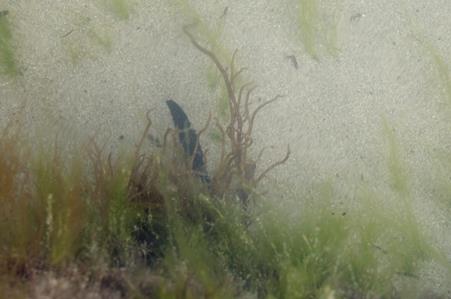General Description
Thickened (robust) form. Secondary branching which is often restricted to one side and is irregular. Tips becoming slender almost to a point. Medium to dark red fading to yellow. Up to 30 cm long (thallus).
Biology
Some species in this family (Gracilariaceae) are very important commercially as they provide most of the world's agar. They can withstand being covered by sand for extended periods.
Habitat
Tidal pools, subtidal areas, estuaries, on open coasts, to depth of 13 m.
Reefs
Coastal shores
Soft substrates
Distribution guide
New Zealand and Australia.
Species Group
Seaweeds and seagrasses › Red algae
Depth
Shore (0-1 m)
Shallow (1-30 m)
Water Column
Max Size
30 cm
Diet
Photosynthetic - sunlight
Commercial Species
No
Global Dispersal
Recorded in Australia
Identify
Conservation Status
- DSE Advisory List : Not listed
- EPBC Act 1999 : Not listed
- IUCN Red List : Not listed





